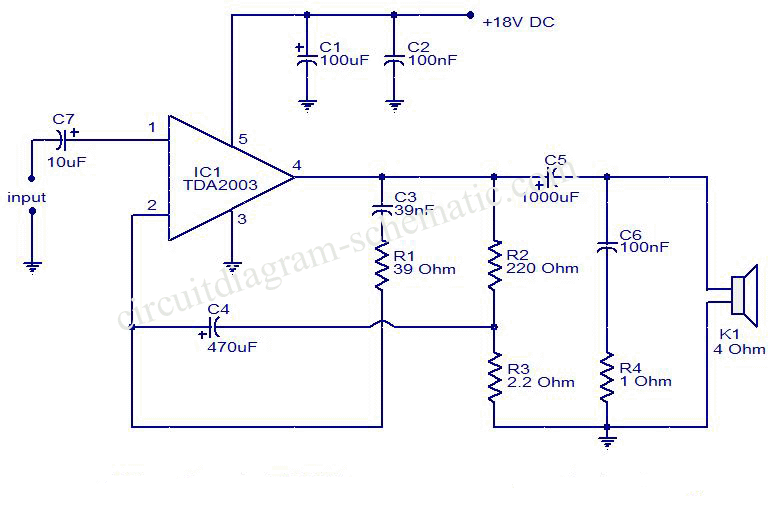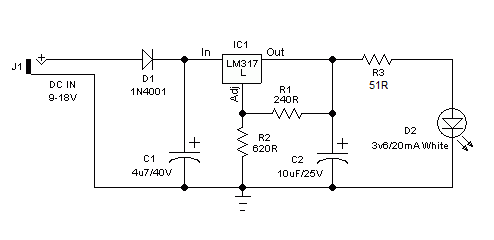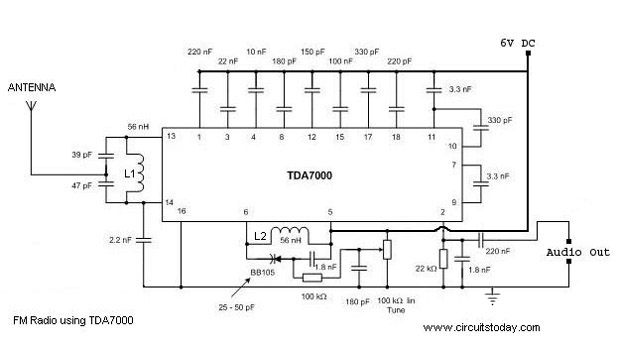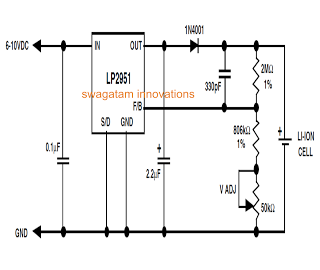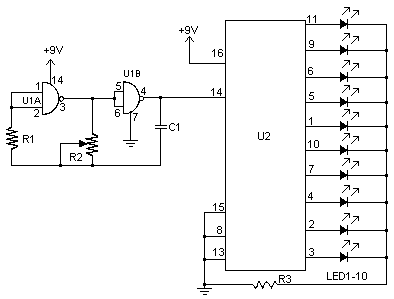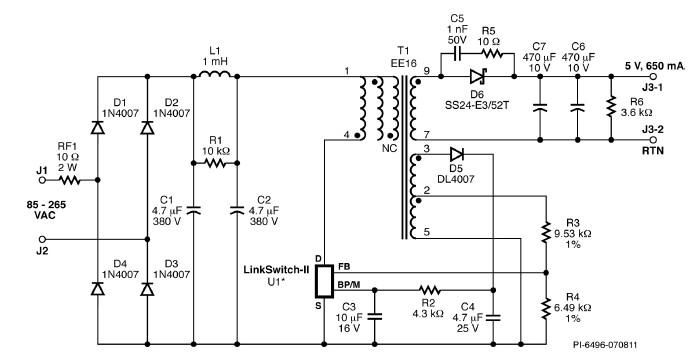
LED torch using NSI45090JDT4G constant current regulator

A very simple LED torch can be designed using the NSI45090JDT4G adjustable constant current regulator (CCR) from ON Semiconductor, utilizing very few external components. The NSI45090JDT4G device provides a cost-effective solution for regulating current in LEDs. This constant current regulator is based on patent-pending Self-Biased Transistor (SBT) technology and regulates current over a wide voltage range. It is designed with a negative temperature coefficient to protect LEDs from thermal runaway under extreme voltages and currents. The Radj pin allows for the adjustment of Ireg(SS) to higher currents by connecting a resistor between the Radj pin (Pin 3) and the cathode (Pin 4). The Radj pin can also be left open (No Connect) if no adjustment is necessary.
The NSI45090JDT4G adjustable constant current regulator is an efficient and versatile component for LED applications, particularly in portable devices such as LED torches. This device operates by maintaining a steady current through the LED, ensuring consistent brightness and extending the operational life of the light source. The use of SBT technology enhances the efficiency of the circuit by minimizing power loss, which is critical in battery-operated devices.
The circuit design requires minimal external components, typically including only a few passive elements such as resistors and capacitors, which simplifies the assembly process and reduces overall cost. The Radj pin offers flexibility in current adjustment, allowing designers to fine-tune the output current according to the specific requirements of the LED being used, which can vary based on different types of LEDs and their respective forward voltage characteristics.
In addition, the negative temperature coefficient feature of the NSI45090JDT4G is crucial for thermal management. It automatically reduces the output current as the temperature of the LED rises, thereby preventing thermal runaway, which can lead to premature failure of the LED. This self-regulating characteristic is essential for maintaining the reliability and safety of the circuit, particularly in high-power applications.
Overall, the NSI45090JDT4G provides a robust and efficient solution for LED driving applications, making it an ideal choice for designers looking to create simple yet effective LED torch circuits. The combination of ease of use, cost-effectiveness, and protective features makes this component a valuable addition to any LED lighting project.A very simple LED torch can be designed using the NSI45090JDT4G adjustable constant current regulator (CCR) designed by ON Semiconductor, using extreme few external components. NSI45090JDT4G device is designed to provide a cost effective solution for regulating current in LEDs.
This Constant current regulator is based on patent-pending Self-Biase d Transistor (SBT) technology and regulates current over a wide voltage range. It is designed with a negative temperature coefficient to protect LEDs from thermal runaway at extreme voltages and currents. The Radj pin allows Ireg(SS) to be adjusted to higher currents by attaching a resistor between Radj (Pin 3) and the Cathode (Pin 4).
The Radj pin can also be left open (No Connect) if no adjustment is required. 🔗 External reference
The NSI45090JDT4G adjustable constant current regulator is an efficient and versatile component for LED applications, particularly in portable devices such as LED torches. This device operates by maintaining a steady current through the LED, ensuring consistent brightness and extending the operational life of the light source. The use of SBT technology enhances the efficiency of the circuit by minimizing power loss, which is critical in battery-operated devices.
The circuit design requires minimal external components, typically including only a few passive elements such as resistors and capacitors, which simplifies the assembly process and reduces overall cost. The Radj pin offers flexibility in current adjustment, allowing designers to fine-tune the output current according to the specific requirements of the LED being used, which can vary based on different types of LEDs and their respective forward voltage characteristics.
In addition, the negative temperature coefficient feature of the NSI45090JDT4G is crucial for thermal management. It automatically reduces the output current as the temperature of the LED rises, thereby preventing thermal runaway, which can lead to premature failure of the LED. This self-regulating characteristic is essential for maintaining the reliability and safety of the circuit, particularly in high-power applications.
Overall, the NSI45090JDT4G provides a robust and efficient solution for LED driving applications, making it an ideal choice for designers looking to create simple yet effective LED torch circuits. The combination of ease of use, cost-effectiveness, and protective features makes this component a valuable addition to any LED lighting project.A very simple LED torch can be designed using the NSI45090JDT4G adjustable constant current regulator (CCR) designed by ON Semiconductor, using extreme few external components. NSI45090JDT4G device is designed to provide a cost effective solution for regulating current in LEDs.
This Constant current regulator is based on patent-pending Self-Biase d Transistor (SBT) technology and regulates current over a wide voltage range. It is designed with a negative temperature coefficient to protect LEDs from thermal runaway at extreme voltages and currents. The Radj pin allows Ireg(SS) to be adjusted to higher currents by attaching a resistor between Radj (Pin 3) and the Cathode (Pin 4).
The Radj pin can also be left open (No Connect) if no adjustment is required. 🔗 External reference
